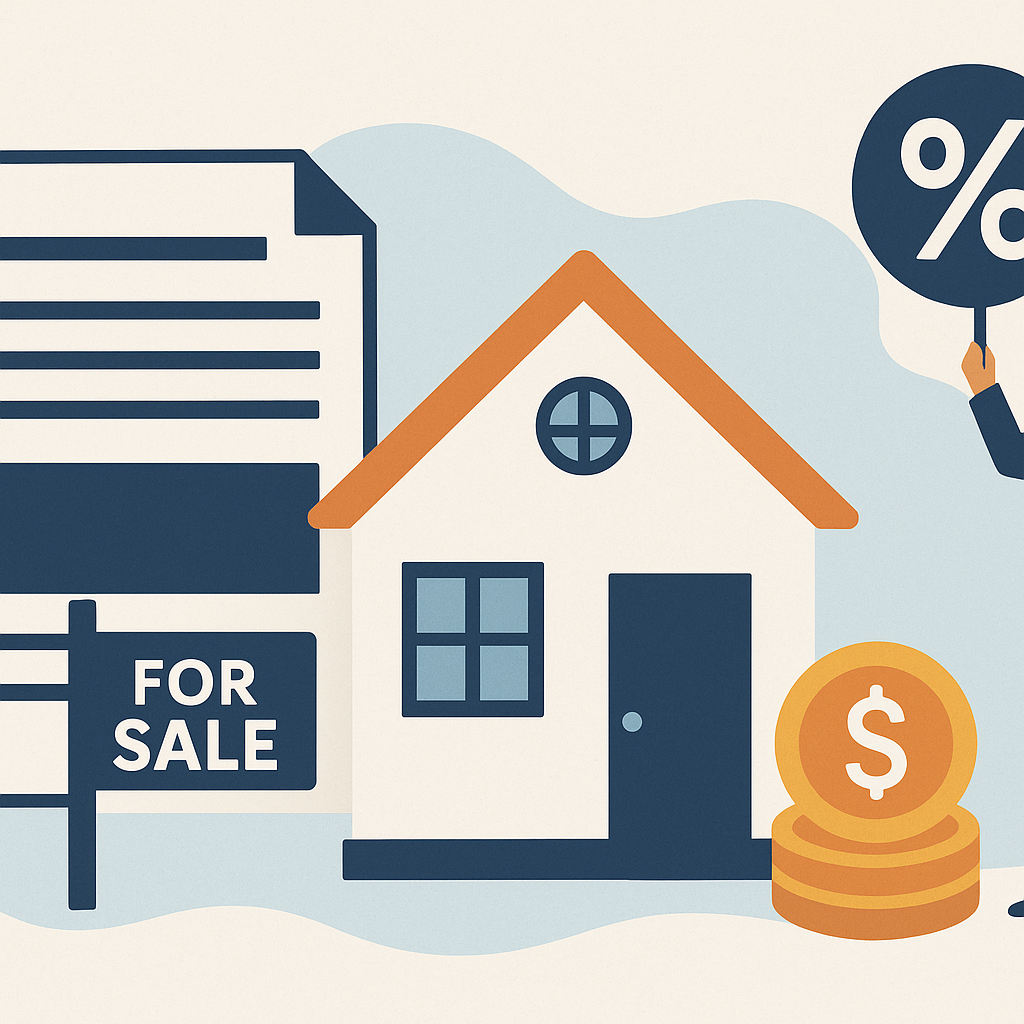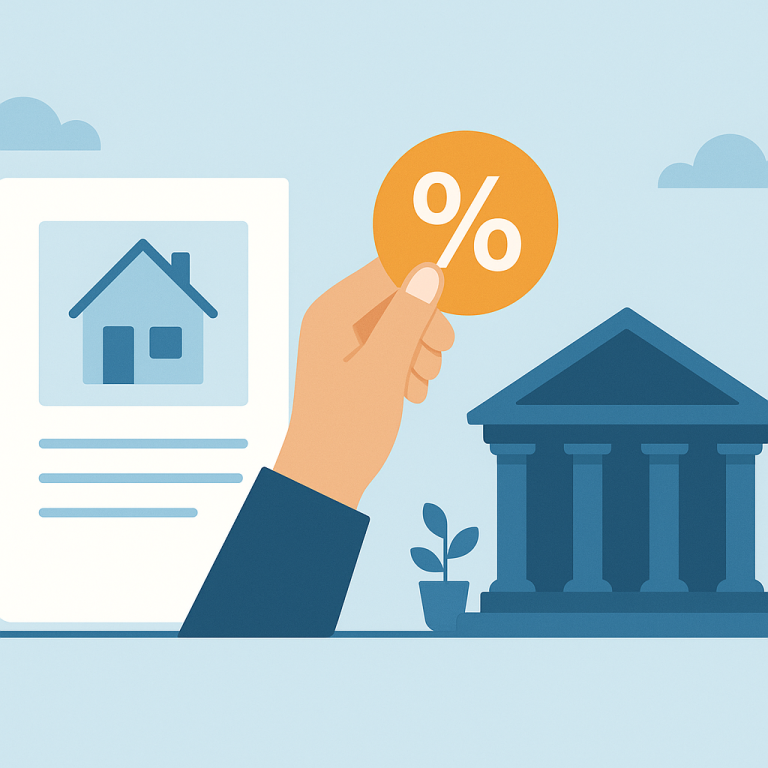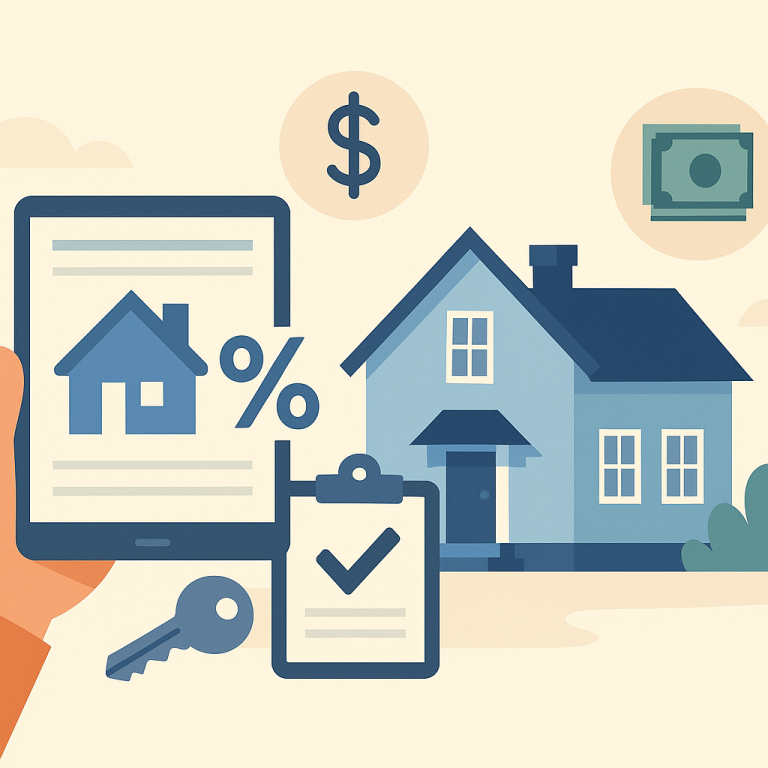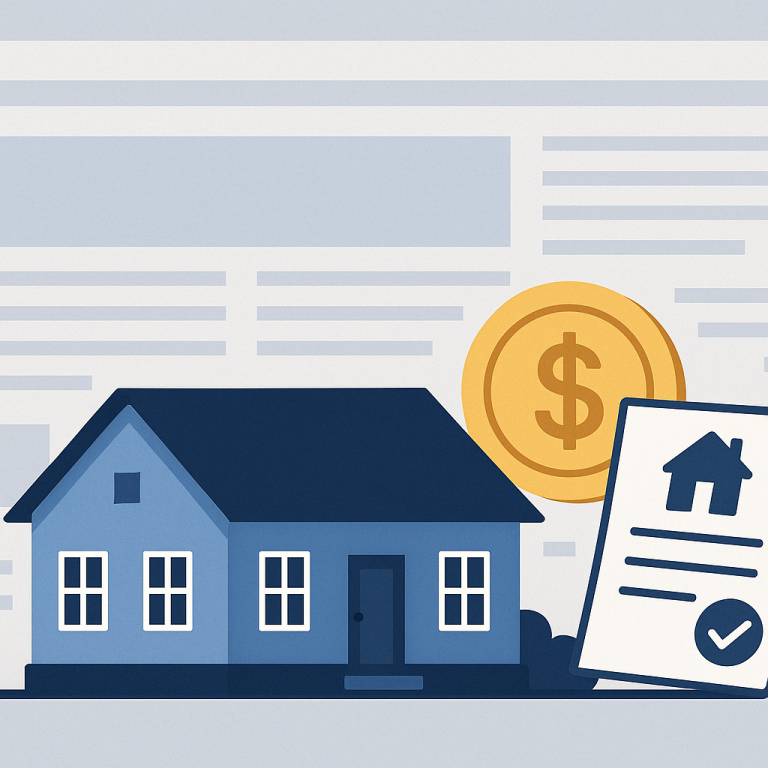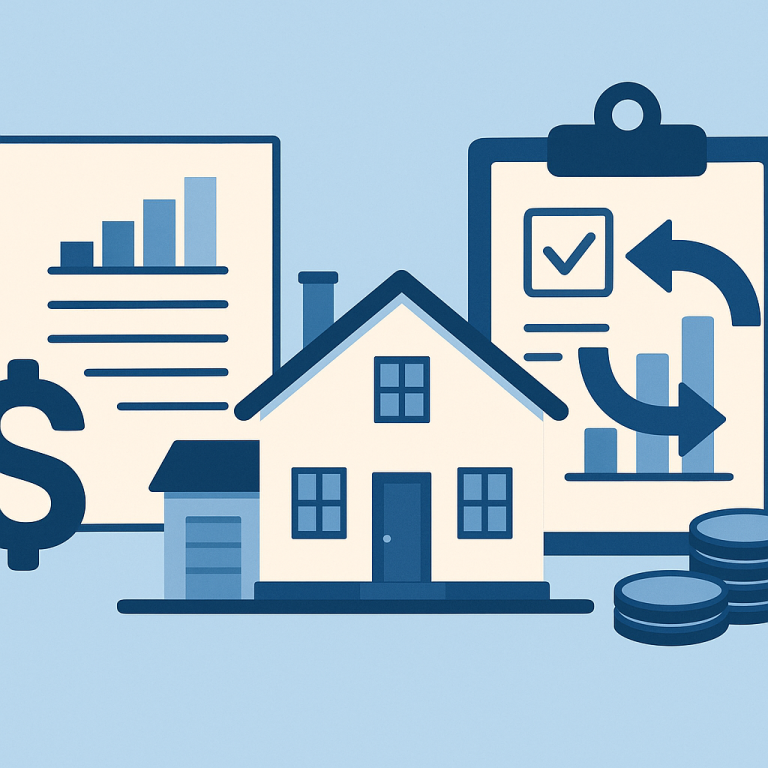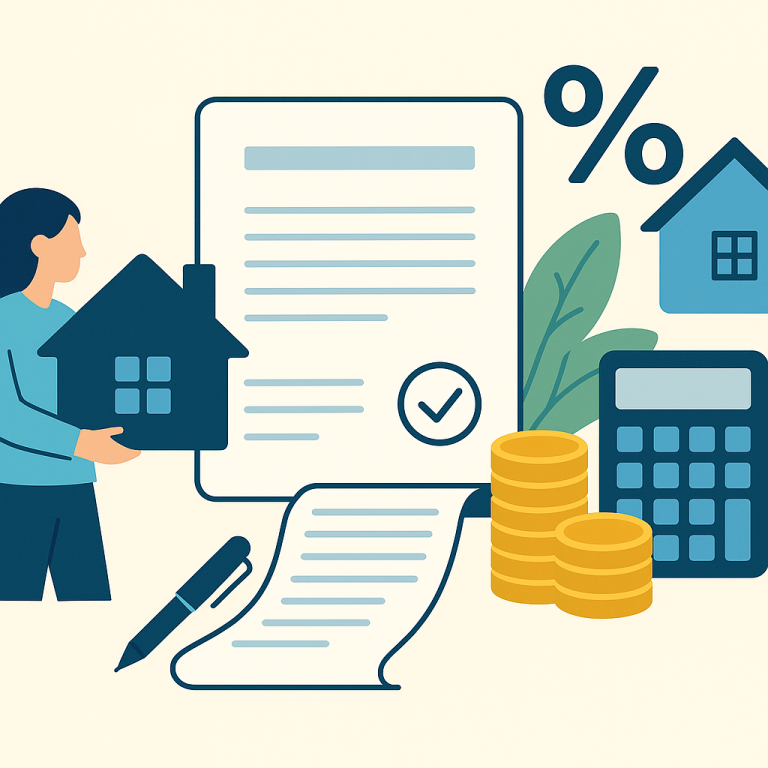Refinance Applications Jump 18% As 30-Year Fixed Mortgage Rate Falls Week-Over-Week
At a glance: The latest mortgage rate drop and how it could affect refinancing decisions.
Mortgage rates have moved lower. That can improve affordability and may reopen refinance options for borrowers whose current rate is above today’s quotes.
What the Rate Drop Means for Borrowers
As mortgage markets adjust, a growing number of homeowners are re-evaluating refinancing. Shifts in rates have created selective opportunities for borrowers who can benefit from lower monthly payments, shorter loan terms or access to home equity. The decision is increasingly centered on two practical considerations: how long a homeowner plans to stay in the property and how refinancing costs compare to the expected monthly savings.
Why timing and purpose matter
Refinancing can serve several objectives—reducing interest costs, shortening the repayment period, converting between fixed and adjustable rates, or tapping equity for large expenses. The same rate movement that makes refinancing attractive for one household may not help another, depending on loan size, remaining term and cash needed at closing.
Because refinancing carries upfront fees and closing costs, the break-even period—the time it takes for monthly savings to recoup those costs—is a practical lens for decision-making. Homeowners who expect to remain in their homes beyond the break-even horizon often see refinancing as worthwhile; those planning a sale or significant life change in the near term may prefer to forego the expense.
Key factors borrowers should evaluate
- Break-even calculation: Compare total closing costs to monthly payment reduction to estimate how long it will take to recover the expense. Prioritize clear scenarios—best-case, mid-range and conservative—to account for changing plans.
- Loan term trade-offs: Extending the mortgage term can lower monthly payments but may increase total interest paid. Conversely, reducing the term typically increases monthly payments but shortens the interest horizon and builds equity faster.
- Credit and documents: Strong credit and complete documentation often yield better refinance pricing. Borrowers should check credit reports and gather recent pay stubs, tax returns and proof of assets before applying.
- Cash-out considerations: Using a refinance to access equity raises different considerations than a rate-and-term refinance. Homeowners should weigh how the extra principal affects monthly payments, loan-to-value ratio and long-term financial goals.
- Rate type decisions: Choosing between a fixed and adjustable-rate mortgage depends on tolerance for interest-rate fluctuation and how long the borrower expects to hold the loan.
How to approach a refinancing decision
Start with a clear objective: payment reduction, term shortening, or liquidity. Request multiple loan estimates to compare rates and fees, and use an impartial break-even calculator to assess the timeline for recouping costs. Consider working with a mortgage professional who can explain trade-offs and present scenarios tailored to the household budget and plans.
Also account for taxes and other life factors. Mortgage interest deductions and local property tax dynamics can influence net financial outcomes for some borrowers. Homeowners near retirement or planning relocations should prioritize flexibility and liquidity in their analysis.
Homeowner takeaways
- Refinance when the break-even period fits your expected tenure in the home.
- Compare multiple lenders and loan structures to find the best net benefit, not just the lowest rate.
- Clarify the refinance purpose—lower payment, shorter term, or cash-out—to guide the right product choice.
- Prepare documentation and monitor credit to improve access to competitive offers.
- Factor in long-term costs and life plans; short-term monthly savings can be outweighed by greater lifetime interest if you extend the term.
For many homeowners, current market movements present worthwhile opportunities, but the right move depends on individual circumstances. A methodical comparison of costs, savings and timeline helps ensure refinancing supports broader financial objectives.
META: refinancing, break-even, loan-term, homeowner takeaways, ~590 words

